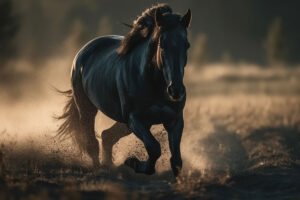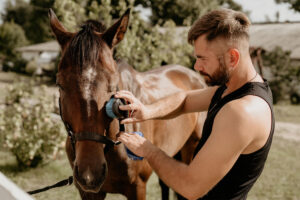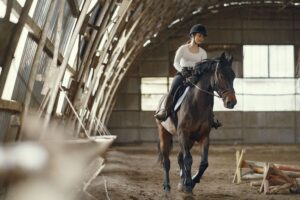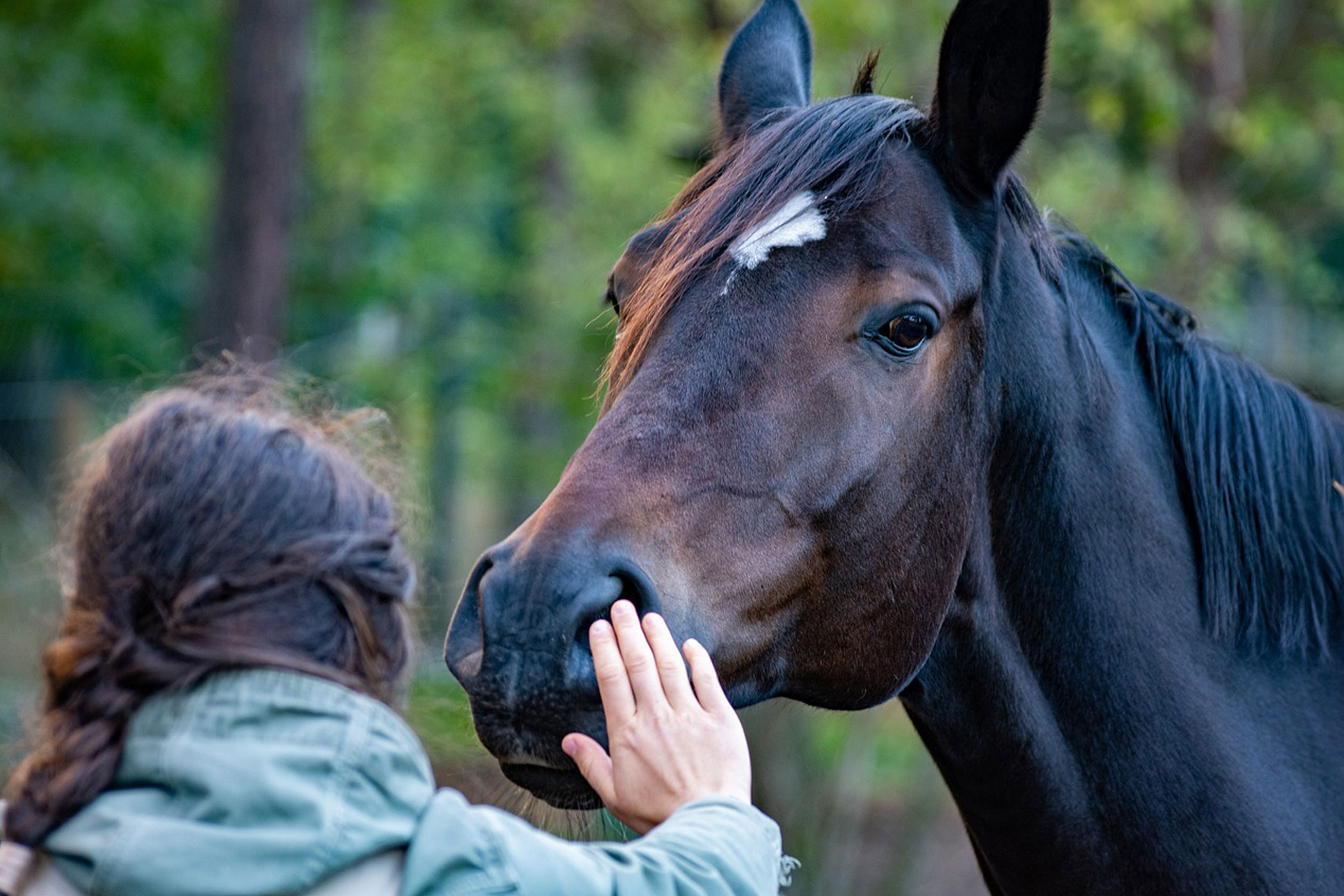
Equestrian sports require a deep bond between horse and rider, as well as careful preparation to ensure the safety and well-being of both. Whether you’re a seasoned equestrian or a beginner, understanding how to prepare your horse for a safe landing is crucial. In this article, we will explore essential tips and guidelines to help you navigate the world of equestrianism with confidence and ensure a safe and enjoyable experience for both you and your horse.
Proper Warm-up and Conditioning
Before engaging in any equestrian activity, it’s important to establish a warm-up routine that prepares your horse’s muscles for the physical exertion ahead. Begin with a gentle walk to allow the horse to loosen up, followed by stretching exercises to enhance flexibility. Gradually increase the intensity of the warm-up with trots and cantering, allowing your horse’s body to adjust and warm up gradually.
Additionally, regular conditioning exercises outside of riding sessions, such as lunging or longeing, can significantly improve your horse’s fitness level. A well-conditioned horse is more agile, coordinated, and less prone to injuries during demanding maneuvers or unexpected landings.
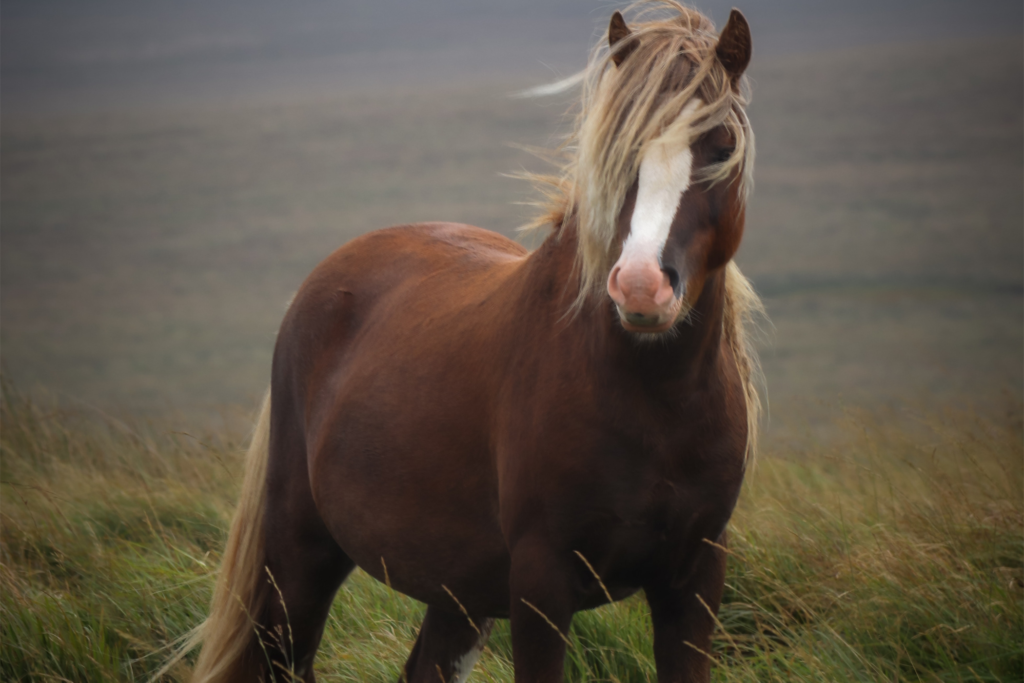
Proper Equipment and Tack
Choosing the right equipment and tack for your horse is paramount to their safety and overall performance. Ensure that your horse’s bridle, saddle, girth, and other gear fit properly, as ill-fitting equipment can cause discomfort, chafing, and even injury. Regularly inspect all equipment for signs of wear and tear, and replace or repair any damaged items.
Consider using protective gear, such as boots or bandages, to safeguard your horse’s legs during intense workouts or jumping exercises. These protective measures can help absorb impact and minimize the risk of injury during landing.
Progressive Jumping Training
Jumping is an exhilarating aspect of equestrian sports, but it requires proper training and technique to ensure a safe landing. Start with small jumps and gradually increase the height and complexity as your horse gains confidence and strength. Incorporate a variety of exercises, including grids and gymnastic combinations, to improve your horse’s balance, coordination, and ability to handle different landing scenarios.
Remember to approach jumps at an appropriate speed and maintain a steady rhythm. Rushing or over-jumping can compromise your horse’s ability to safely land and increase the risk of accidents. Properly trained horses will instinctively adjust their stride and balance to navigate jumps and land smoothly.
Terrain Familiarization
Familiarizing your horse with different terrains is crucial for their overall safety and adaptability. Expose your horse to various surfaces, such as sand, grass, gravel, and uneven ground, to enhance their proprioception and balance. Gradually introduce your horse to more challenging terrains, including hills and banks, to build their confidence and ability to handle unexpected landings.

Regular Veterinary Care
Regular veterinary care is essential for maintaining your horse’s overall health and identifying potential issues before they escalate. Schedule routine check-ups, vaccinations, dental examinations, and farrier visits to ensure that your horse is in optimal condition.
Consult with your veterinarian about any concerns you may have regarding your horse’s soundness or ability to land safely. They can provide valuable guidance and recommend appropriate treatments or interventions to address any underlying issues.
Conclusion
Preparing your horse for a safe landing requires a combination of proper warm-up, suitable equipment, progressive training, terrain familiarization, and regular veterinary care. By prioritizing your horse’s well-being and investing time in their preparation, you can establish a strong foundation for safe and successful equestrian experiences.
Remember, building a trusting partnership with your horse is essential. Listen to their cues, observe their behavior, and adapt your training accordingly. With patience, consistency, and the implementation of these essential tips, you and your horse can navigate the world of equestrianism with confidence, knowing that you have taken all necessary precautions for a safe landing.

